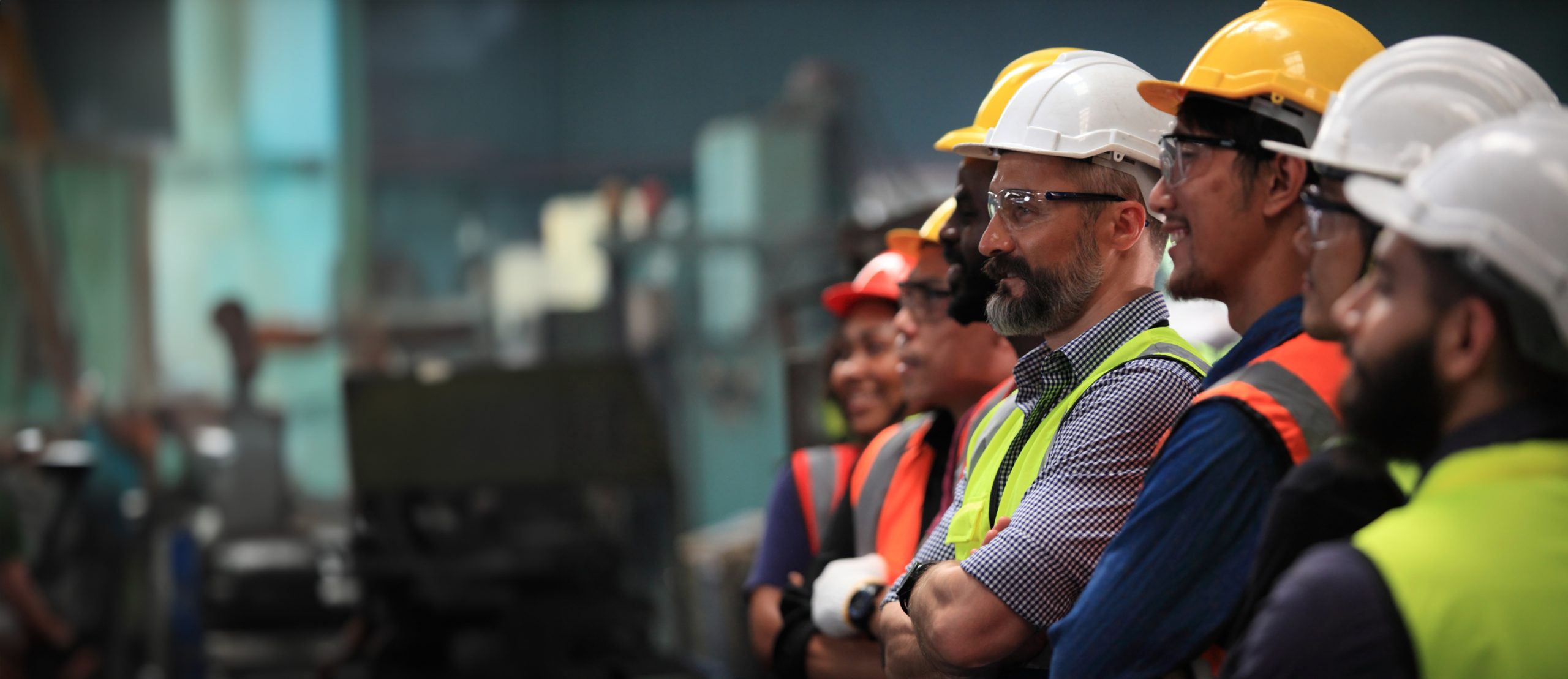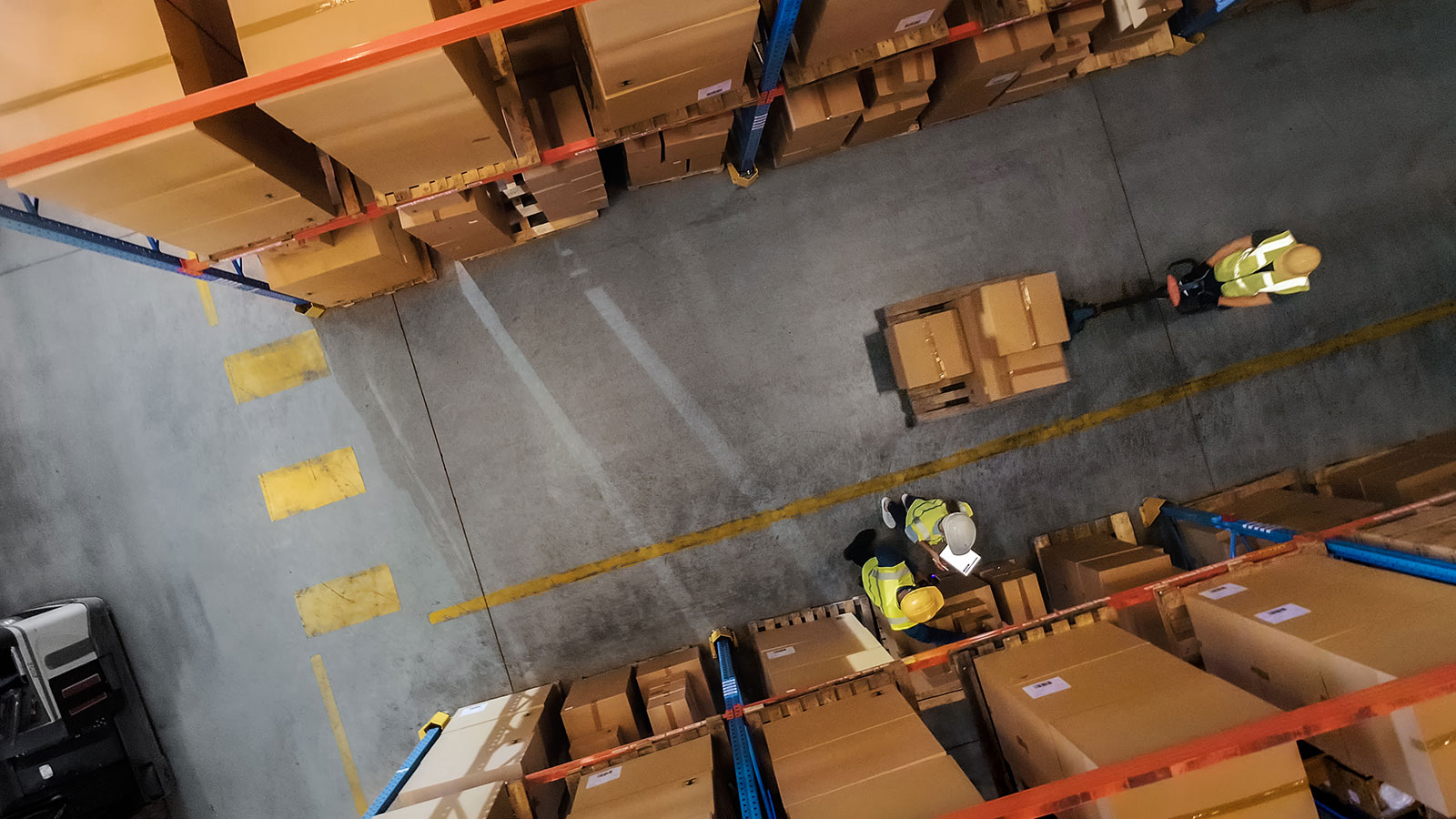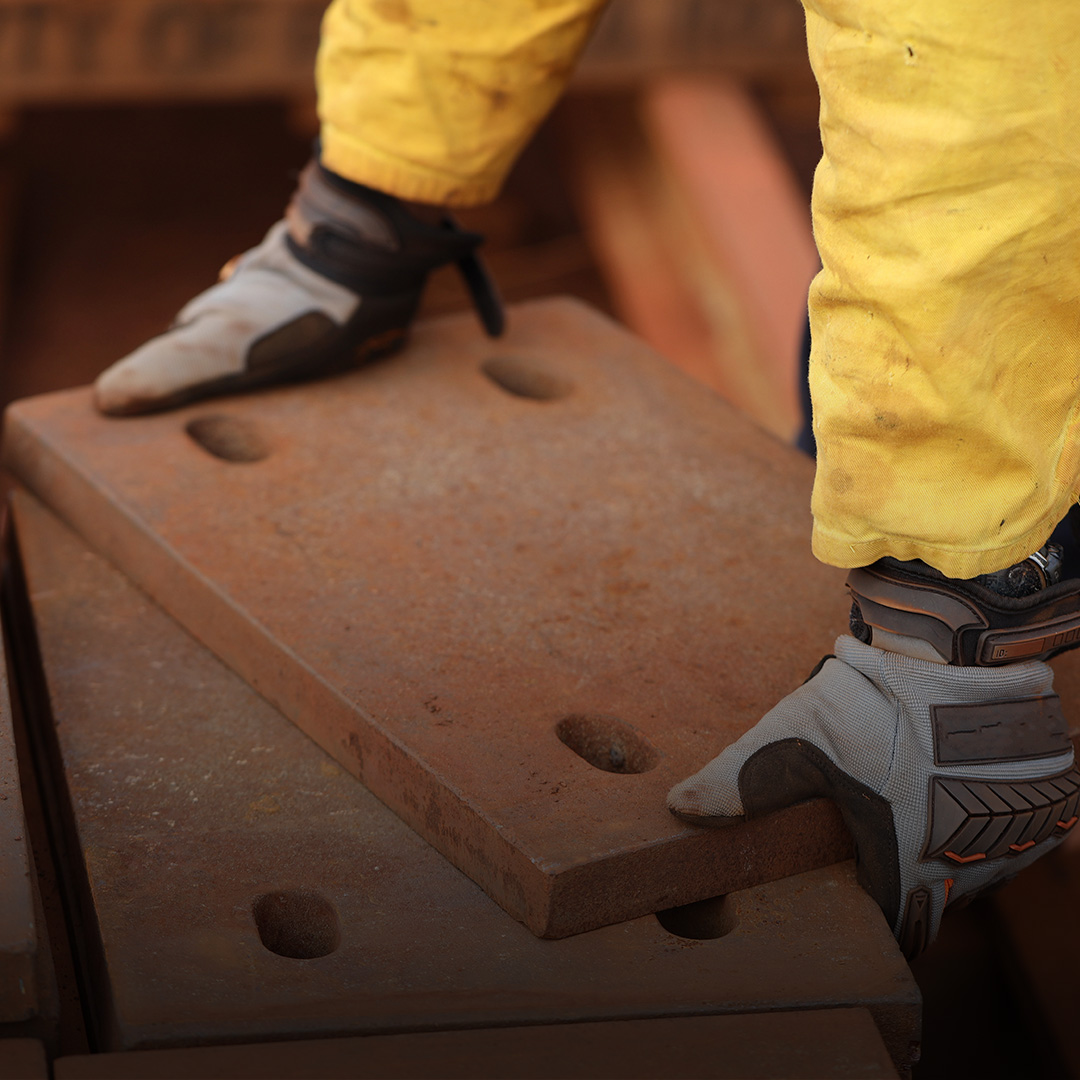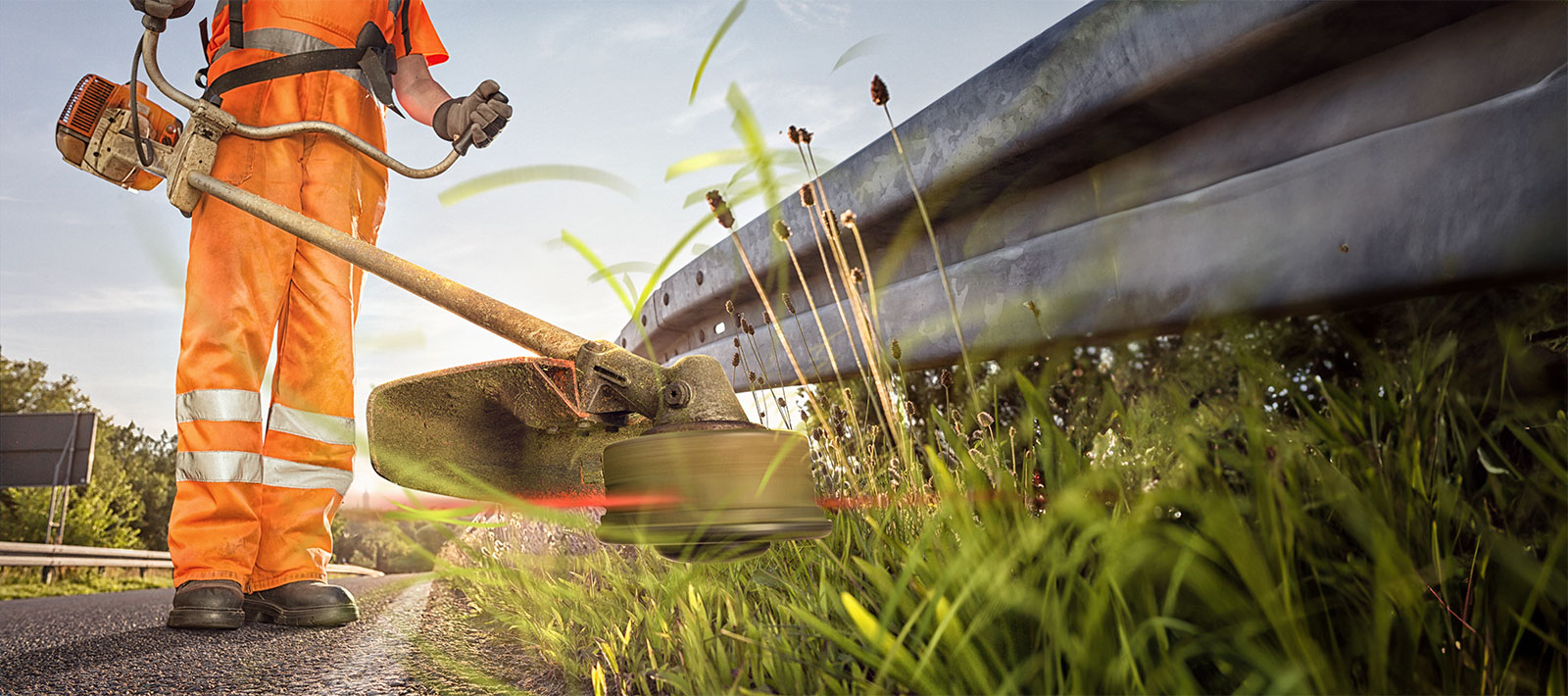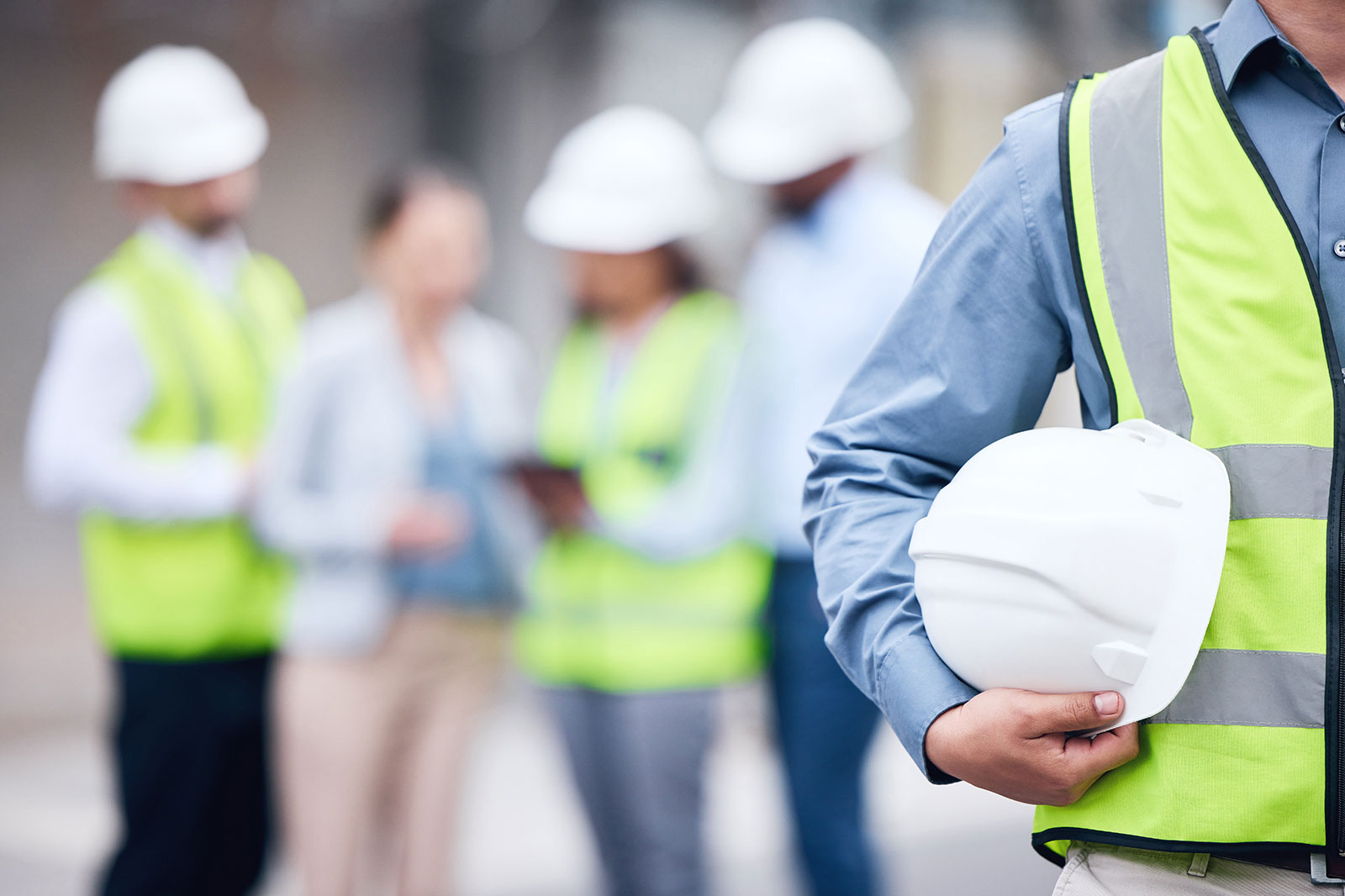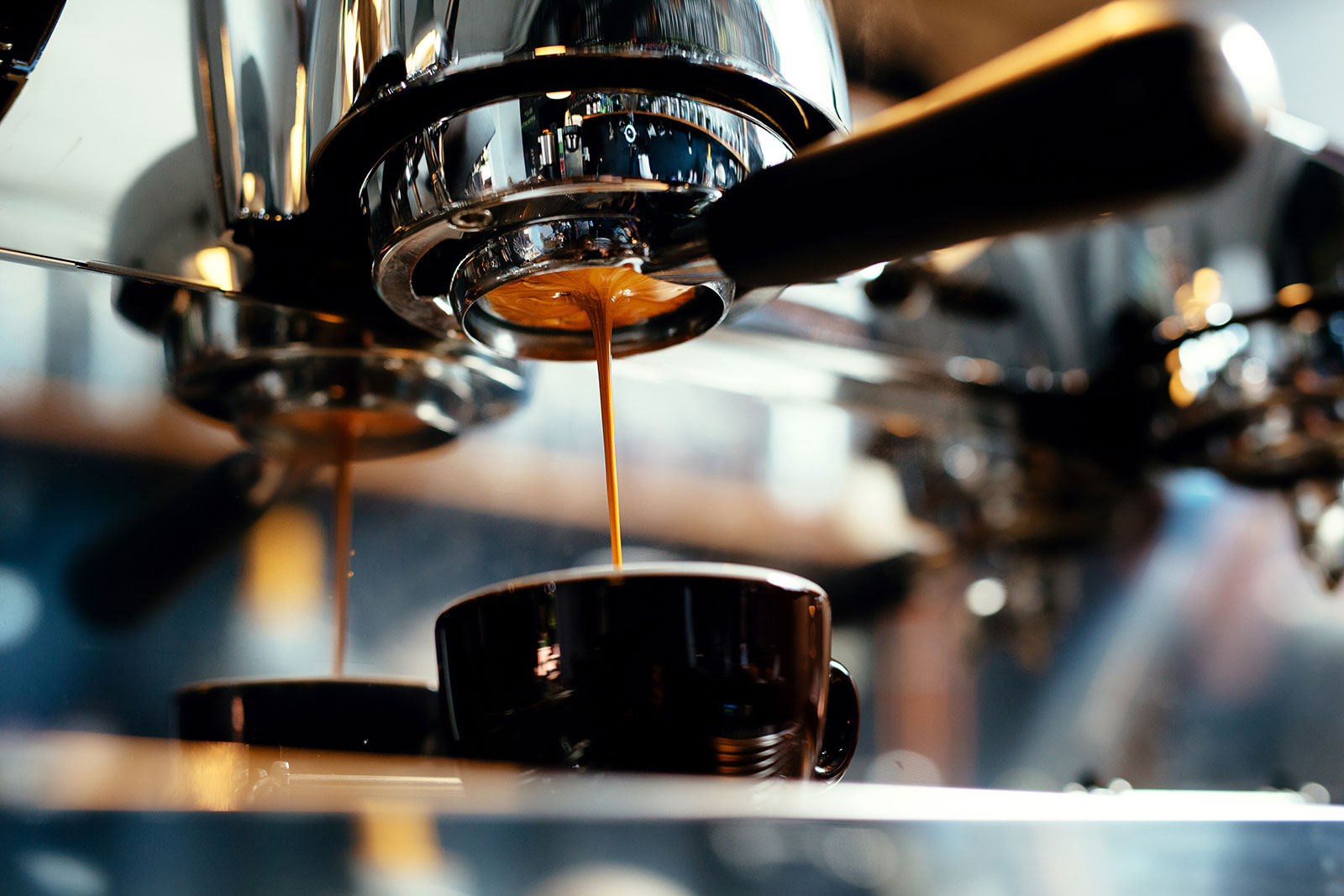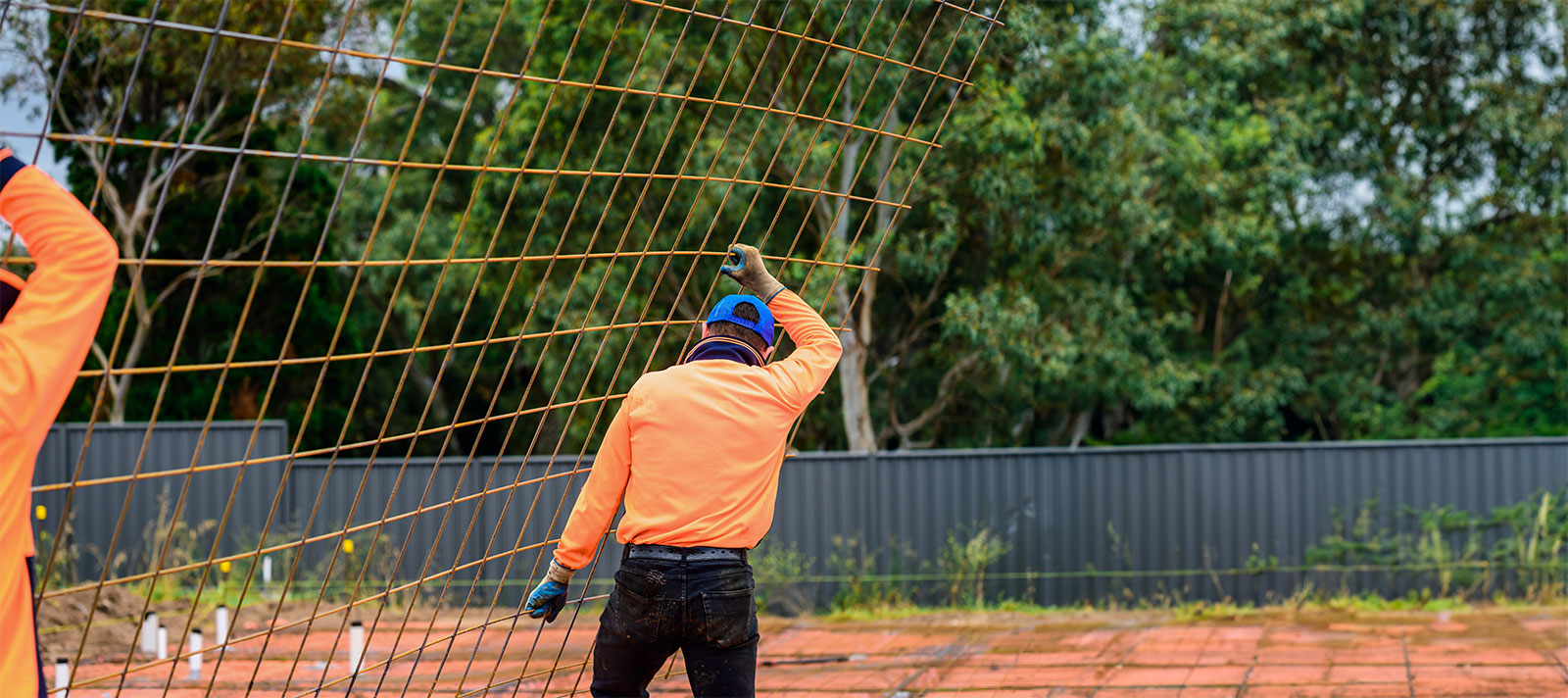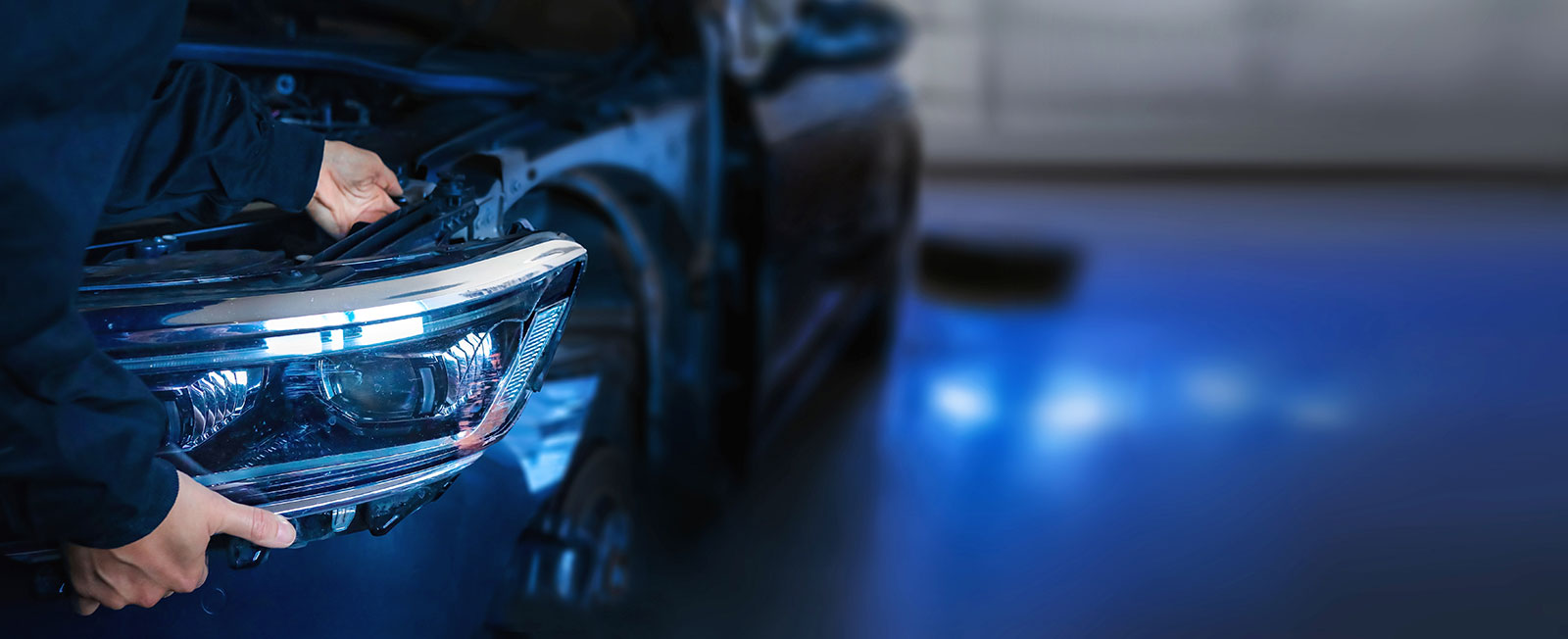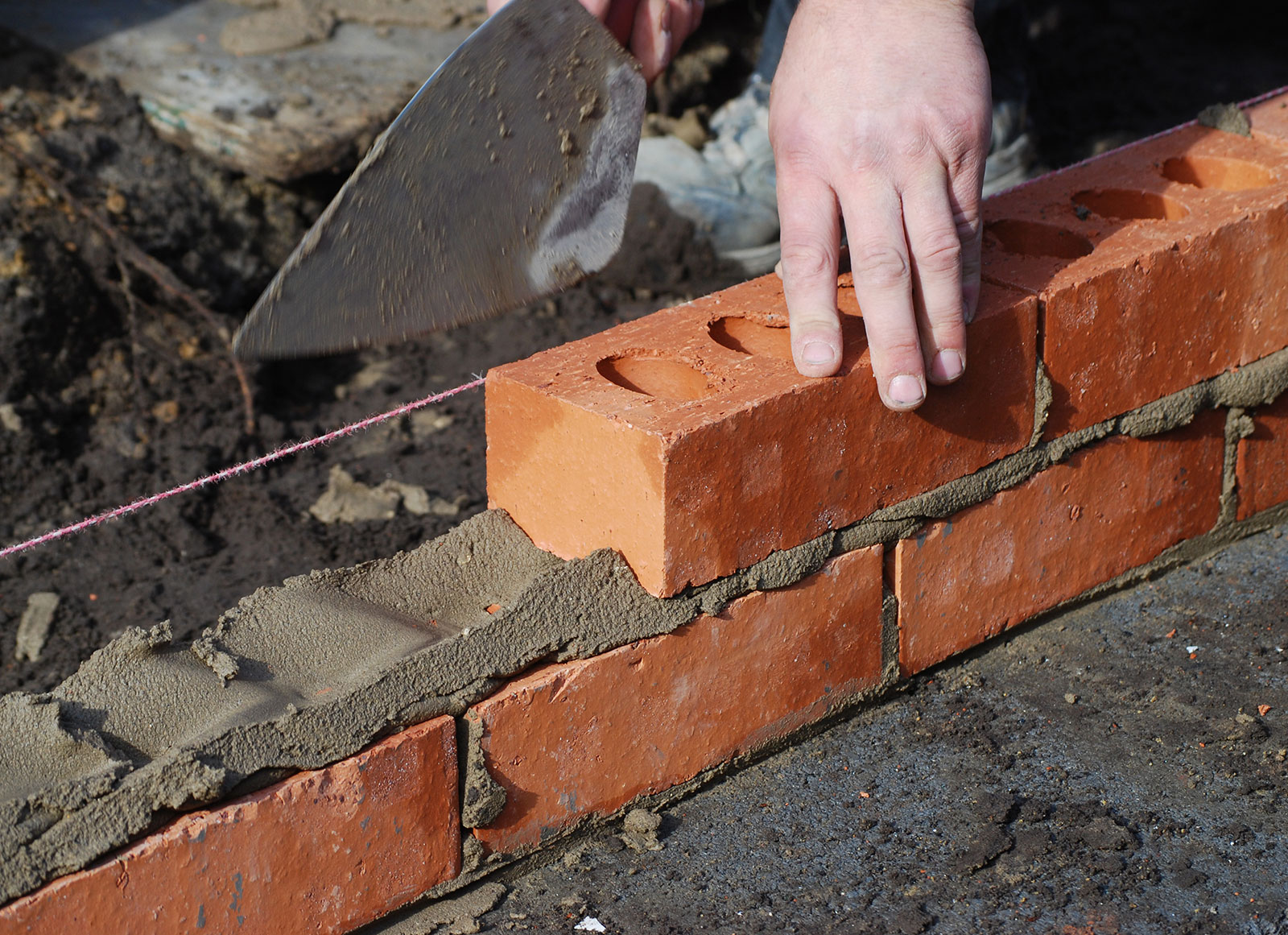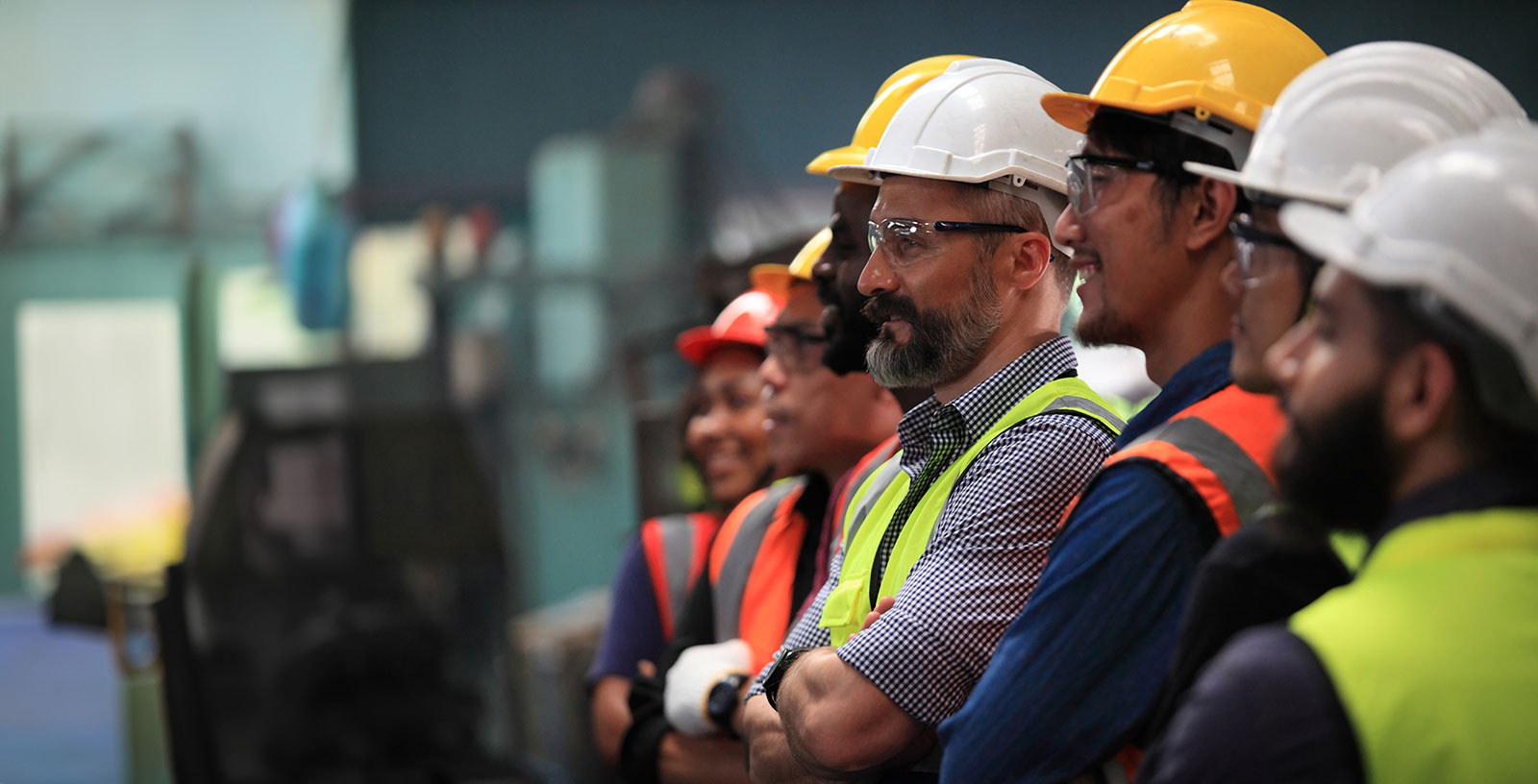
Safety Equipment
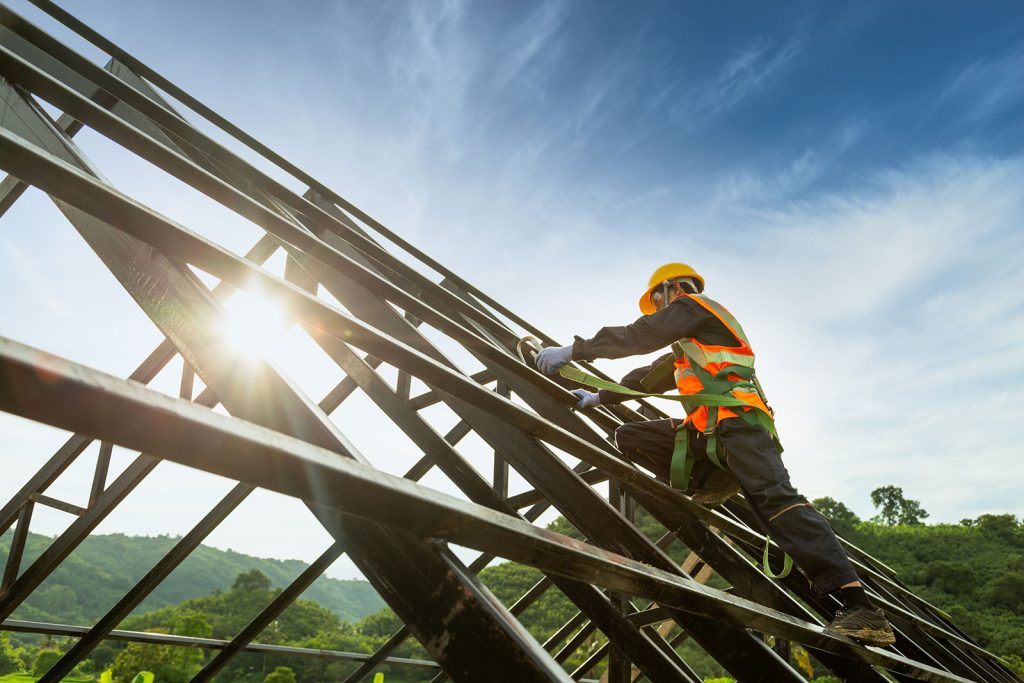
Safety equipment refers to specialised gear, devices, or apparatus designed to protect individuals from potential hazards, injuries, or health risks in various environments, particularly in workplaces or during specific activities. The primary purpose of safety equipment is to minimize the likelihood and severity of accidents and injuries by providing a barrier between the user and potential sources of harm. The specific types of safety equipment vary widely depending on the nature of the work or activity and the associated risks.
Common examples include:
- Personal Protective Equipment (PPE); hard hats, safety glasses or goggles, hearing protection, gloves, safety footwear and high-visibility clothing.
- Respiratory protection; respirators, masks and breathing apparatus.
- Fall protection equipment, safety harnesses, lanyards and lifelines, guardrails and safety nets.
- Fire Equipment; fire extinguishers, fire blankets, sprinkler systems, fire hoses, alarms & exit lighting.
- Emergency eyewash and showers
- First aid kits and defibrillators
- Lockout/tagout devices
- Head and face protection
- Environmental monitoring equipment
Safety equipment plays a crucial role in promoting a culture of workplace safety and reducing the risk of accidents and injuries. Employers are typically responsible for providing and maintaining appropriate safety equipment based on the specific hazards present in the workplace. Workers, in turn, are responsible for using the provided safety equipment correctly and consistently to ensure their own well-being and that of their colleagues.


